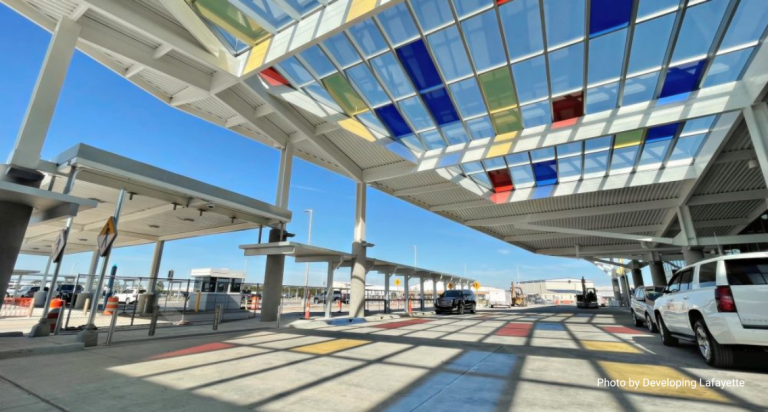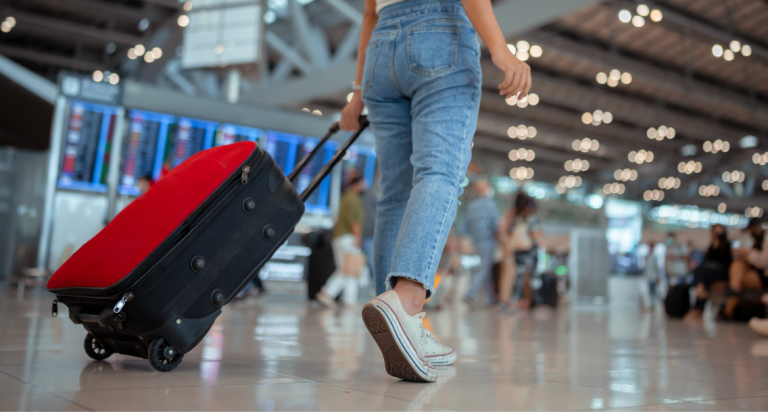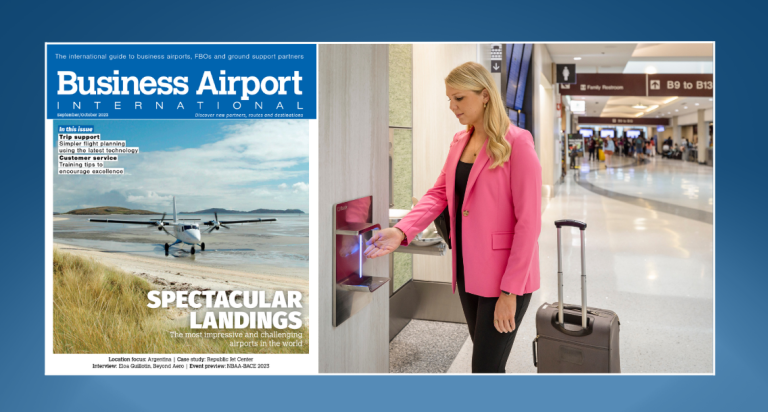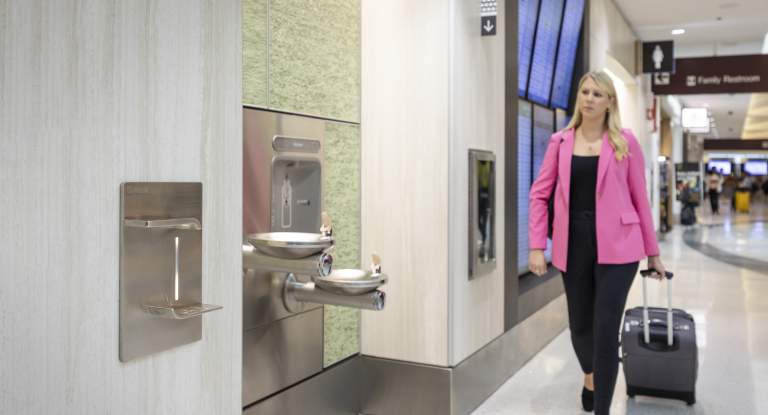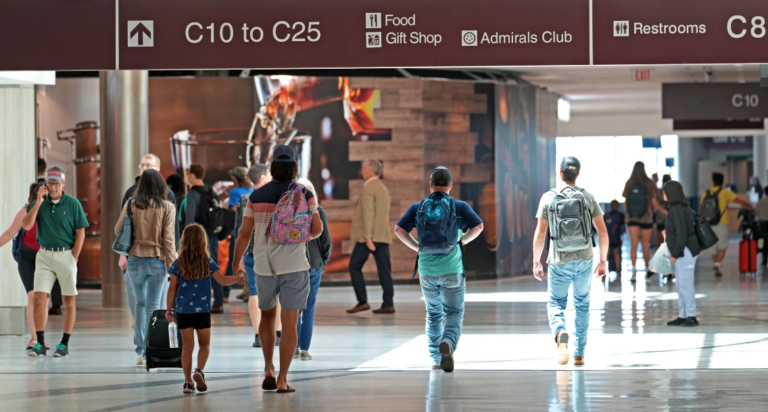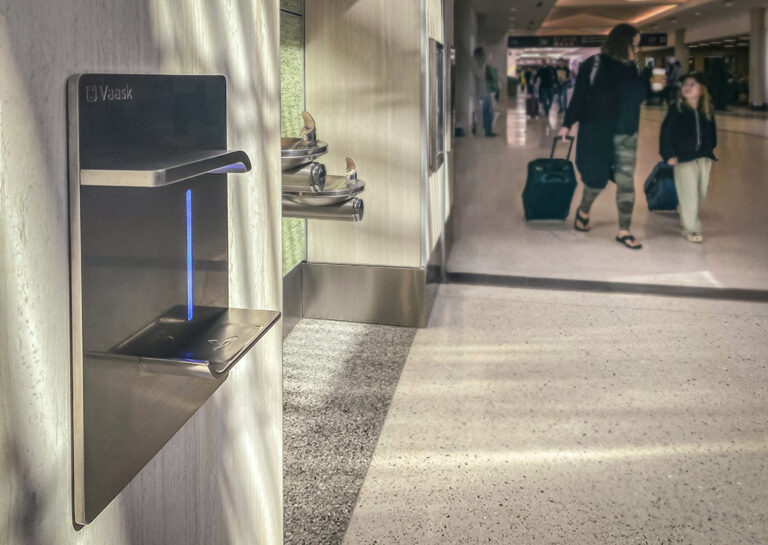Recognizing that our hands transmit 80% of illnesses, airports invested heavily over the course of the pandemic in going touchless, and nowhere is that more evident than in their replacement of flimsy plastic sanitizer dispensers with Vaask’s built-to-last, touchless hand sanitizing fixture. Jon Olsen | Vaask Founder There’s no getting around it: We’re living in a bacterial world — always have, always will. And though the recent pandemic may be over, germs most certainly haven’t gone anywhere, including the ones that cause COVID. They’re busy evolving in an effort to have their way, while we’re equally hard at work trying to keep them in check. The past few years have taught the best way to do that, but applying what we’ve learned is a different matter. In the first months of the COVID-19 pandemic, predictions about how it would forever change our lives were all over the internet. In March 2020, just days after the U.S. Centers for Disease Control and Prevention first urged Americans to avoid gatherings of more than 50 people, Architectural Digest published the article, “How the Covid-19 Pandemic Will Change the Built Environment.” And the prediction most professionals agreed on is that post-pandemic, we would see many fewer touch points throughout public spaces. In the three years since, we’ve seen a definite trend toward all things touchless. Local big-box stores, for example, now offer touchless faucets for home bathrooms, and QR codes have become as ubiquitous here in America as they’ve long been in Asia. But nowhere has touchless technology been adopted as rapidly as in airports, where bottle fillers increasingly accompany water fountains, and luggage tag printing, retail purchases and wash stations no longer require physical contact. Around the world, airports are rolling out new touchless technologies every day. Aviation Week reports that at London’s Heathrow Airport, passengers flying United Airlines now have the option of using their mobile devices at check-in kiosks, eliminating the need to touch a screen that thousands of people use everyday. And in Detroit, Delta is developing a curb-to-gate program for domestic passengers that relies on facial recognition for everything from checking bags to boarding the aircraft. Airports are also ahead of other public spaces in implementing touchless wash and sanitizing stations. It’s now rare to confront a water faucet or soap dispenser — much less a restroom door — that is manually operated at most major airports. So it should come as no surprise that airports quickly recognized the advantages of installing the touchless hand sanitizing fixtures developed and manufactured by Vaask in Austin, Texas. Architectural Digest’s 2020 article predicted that, post-pandemic, there would be more opportunities for hand sanitizing. They didn’t go out on a limb with that one — our hands transmit 80% of germs, after all, a fact that is much more widely known today than it was in the unenlightened pre-pandemic era. It’s now recognized that hand sanitizer is here to stay, and Vaask has elevated the experience of hand hygiene by solving the worst problems of pre-pandemic sanitizers — the plastic pump bottles and flimsy wall units that required touching and, when they weren’t empty, dispensed gel that left your hands dry and smelling of rubbing alcohol. Vaask’s modern, minimalist, touchless metal fixtures fit right into airports’ streamlined aesthetic. At the Nashville International Airport, for example, Vaask’s permanent sanitizing fixtures have become standard. The airport leadership chose Vaask to replace flimsy freestanding dispensers that had become obstacles in busy concourses filled with 18 million travelers annually. In addition to its clean appearance and touchless operation, “Vaask’s easy maintenance stood out as a huge benefit to the airport’s operations,” said architect TJ Ju, who helped lead a major renovation to the facility. Vaask’s first priority has always been its operation. The fixture is easy to maintain and refill, making it ideally suited for airports. Thanks to its proprietary app that alerts staff when sanitizer levels are low, and the fact that it is hard-wired rather than battery-powered, there’s no need to have designated personnel constantly checking fixtures, as is the case in many airports with traditional sanitizer dispensers. And Vaask’s lock option keeps it secure from prying hands. Instead of the inaccurate infrared sensors common in traditional dispensers, Vaask uses sophisticated PalmPilot® technology that precisely detects hands, with the fixture instantly reversing flow if someone pulls their hand away. No drips or messes causing damage to floors or creating slip-and-fall risks. And Vaask’s recessed units are easily accessible but don’t take up precious floor space, an important consideration given the number of people with baggage in tow and courtesy vehicles that move through airport concourses daily. The sanitizing industry has long locked companies into onerous, pricey contracts similar to the longtime razor-and-blade model used by corporate giants like P&G. Vaask’s technology allows for any quality sanitizer gel to be used, saving customers up to 65% on monthly sanitizer costs. The gel, too, has gotten a makeover: Its moisturizing formulation uses 70% plant-derived ethanol for a more pleasing natural scent. Clearly, permanent, touch-free sanitizers that make hand hygiene inviting are where the world is headed. It’s no surprise, then, that airports are helping us get there. But Vaask is doing its part, too. Because when a hand sanitizing fixture makes people want to use it not just to keep themselves and others healthy, but for the experience alone, that helps make all of us healthier.
